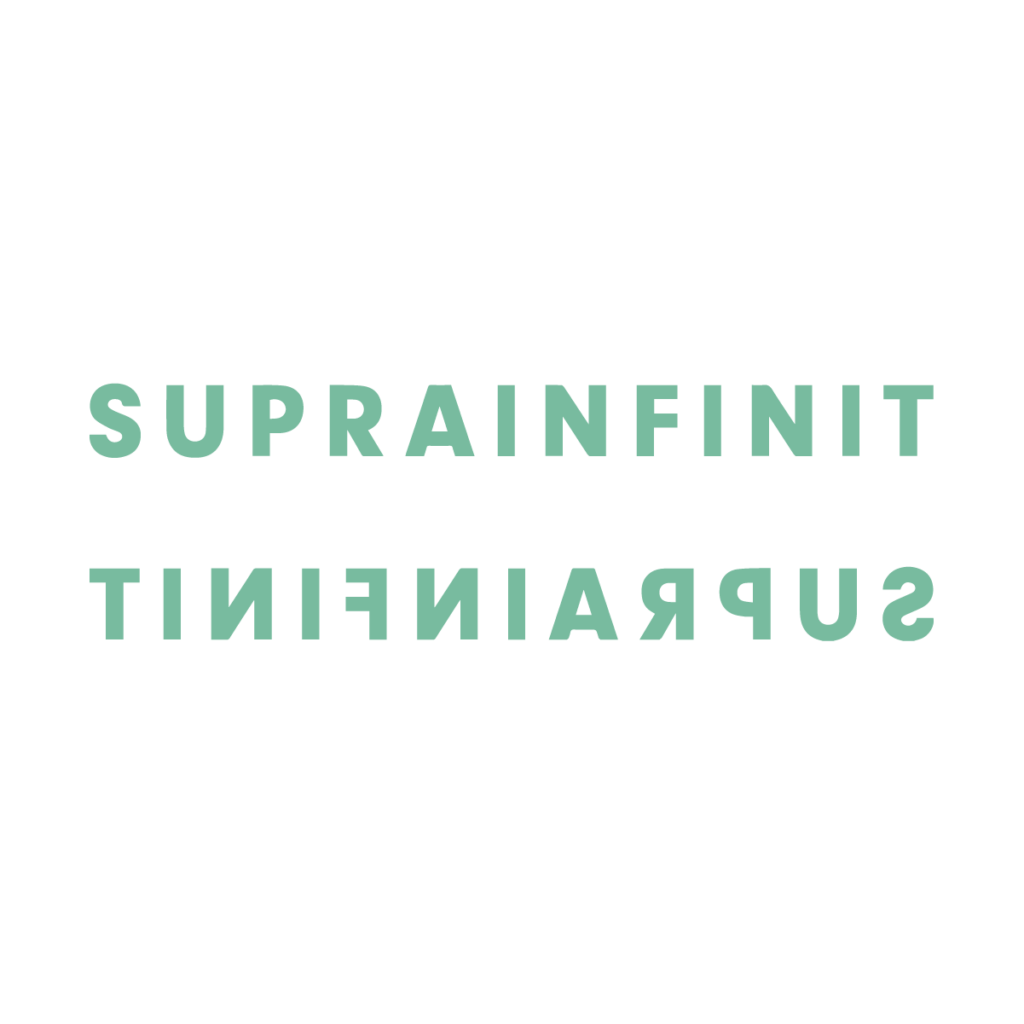6 July – 9 September
SUPRAINFINIT Gallery
22 Mantuleasa St, Bucharest
Watery, rigid, coarse, smooth – the many textures of Peles Duo x Peter Jacobi invite an atmosphere of dislocation as pain and longing, defeat and ecstasy fracture each other softly, windingly. The play between depth and surface carries throughout the gallery space a visceral sense of the bodily. Immediate intensities are further amplified by the intertextuality of the works, commemorating and unsettling histories and memories. The subject comes to be at once radically open and enclosed within their own skin, at once touching and alone.
The absence of the full body is present in the entirety of the exhibition, reflective of a particular sensibility towards representation as partial vision and towards situatedness. Fragments of images, body parts, of history or sculptural transformations into two-dimensional dissections contaminate each other in the gallery space.
Immersed from the distance and sucked into the clay materiality of Peles duo’s A3 wallpaper, the traces of fingered mould get more and more gestural by the onlooking process. Previously a sculpture that has now become a two-dimensional surface, its corporeal dimension is building itself up on the wall, growing and expanding as an arid landscape that blends with the gallery’s ceiling, floor and corners. Flat on a wheel platform, Jacobi’s Moving Female Hands on a Female Body (1976-77) evokes the possibility of movement, appearance and disappearance at once, unveiling a pile of juxtaposed hands as a tool for memory traces, as well as a quest for the permeability of both the body and the marble as material. Summoning a poetic montage between abstraction and figuration, La Kahlo Endormie pulls together a reworked corset sculpture originating from his personal collection of curiosities, a alabaster abstracted head carried by a fragile drape of hands, and a corten element from a modular column.
A recurring character in Peles’ new series of sculptural paintings is the Phrygian mother goddess Cybele. Born intersex, Cybele was castrated by the gods, afraid of an entity whose existence troubled the boundary between male and female, who complicated the knowability of the human form. In Peles’ works, the figuration of Cybele is multiplied underneath subtle/vibrant strokes of colour, morphing into irregular shapes that run counter to the grid-like non-spaces of vaporwave aesthetics. The geological landscapes superimposed over the marbled portraits of the goddess summon the vital materiality of artefacts, essential to mythmaking, ritual and politics.
The Goddess who created this passing world
Said Let there be lightbulbs & liquefaction
Life spilled out onto the street, colors whirled
Cars & the variously shod feet were born
And the past & future & I born too
Light as airmail paper away she flew
To Annapurna or Mt. McKinley
Or both but instantly
Clarified, composed, forever was I
Meant by her to recognize a painting
As beautiful or a movie stunning
And to adore the finitude of words
And understand as surfaces my dreams
Know the eye the organ of affection
And depths to be inflections
Of her voice & wrist & smile
– Alice Notley, ‘The Goddess Who Created This Passing World’, from Selected Poems (Talisman House, 1993)



















